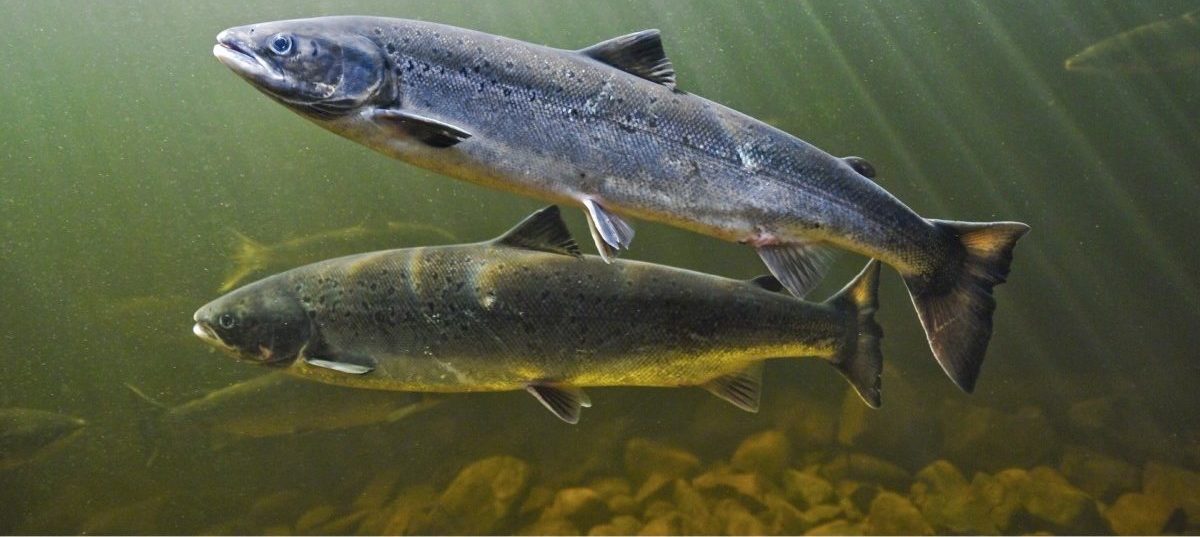#ARCTIC. #SIBERIA. THIS IS TAIMYR. The Atlantic salmon population was first discovered in the Kuna river in the Murmansk region. The scientific discovery was made thanks to the collaboration of activists from the Murmansk Salmon Foundation and Nornickel. Thanks to the grant support of the company in 2020, public figures implemented the Salmon House project, and soon launched a new one – the Monchetundra Public Rangers Center.
Activists of the Murmansk Salmon Foundation, with the Nornickel’s assistance, are engaged in the conservation and study of the biodiversity of water bodies in the Murmansk region. Recently, the foundation representatives, the Institute of Biology of the Karelian Scientific Center of the Russian Academy of Sciences, the Lapland Nature Reserve and the Kola MMC met to discuss the results of cooperation.
In particular, the participants told how they manage to protect the population of wild salmon and other salmon fish, which are found in the waters of lake Imandra and in rivers located on the territory of the Lapland Nature Reserve.
Imandra is the largest lake in the European Subarctic and ranks 14th in Russia in terms of water surface area.
“Last year we started exploring this lake. As part of the Salmon House project, we attracted the staff of the Institute of Biology of the Karelian Scientific Center of the Russian Academy of Sciences. We used the grant money to buy equipment”, Valery Irkashev, chairman of the board of the Murmansk Salmon Foundation, told.
Social activists and scientists have managed to find freshwater Atlantic salmon in the Kuna river, which flows into lake Imandra. Before that, not a single population of it was observed in the reservoirs of the Murmansk region. Now this species will be included in the Red Data Book of the Murmansk region.
This year, scientific research is being carried out under another project – the Monchetundra Center for Public Rangers. The project is aimed at restoring the natural environment and eliminating the accumulated environmental damage. For these purposes, Nornickel allocated more than 4.8 million rubles under the World of New Opportunities program. The main task is to train local residents to be eco-volunteers who will monitor water bodies and cleanse the habitat of wild salmon from the consequences of the negative impact of human activities.
The activists of the Murmansk Salmon Foundation want to make the Monchegorsk region a platform for studying wild salmon. Protecting spawning grounds, scientists and activists do not intend to prohibit local residents from fishing in lake Imandra. On the contrary, they are going to give them the opportunity to fish with rods. Scientists predict that Imandra could become a tourist attraction.
Follow us on Telegram, Instagram and Facebook.
Text: Ekaterina Maksimova, Photo: bentzenlab.ca



